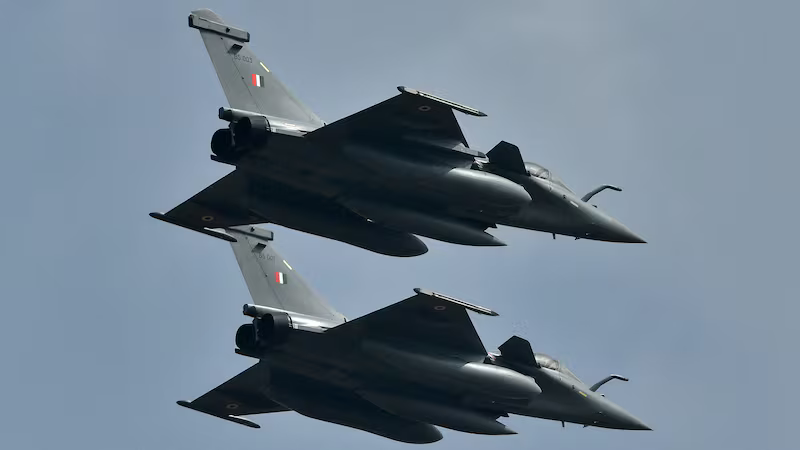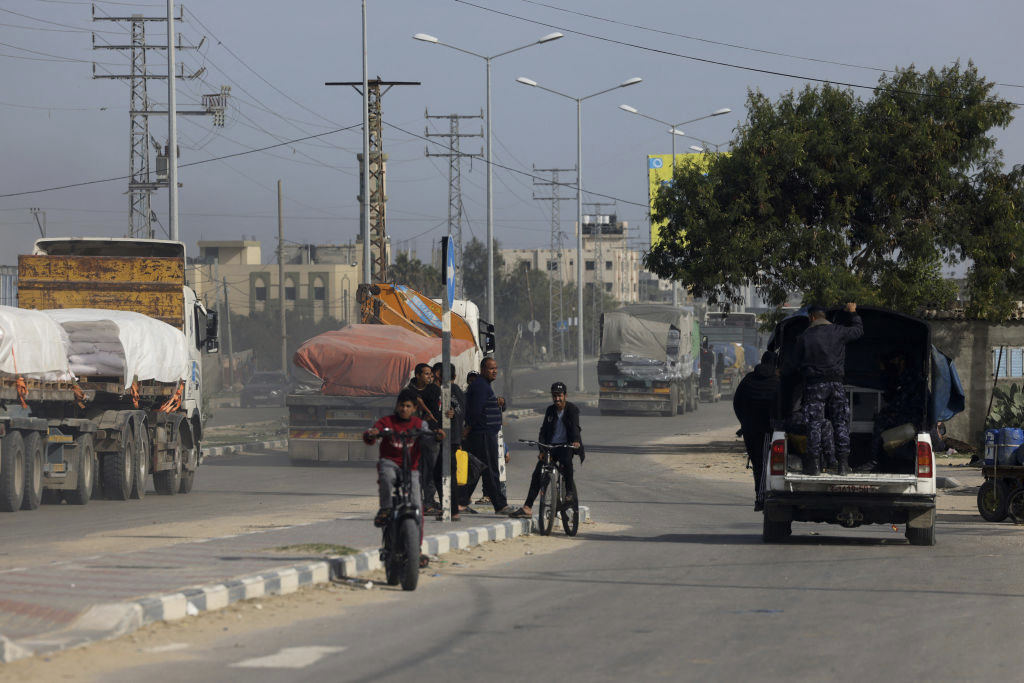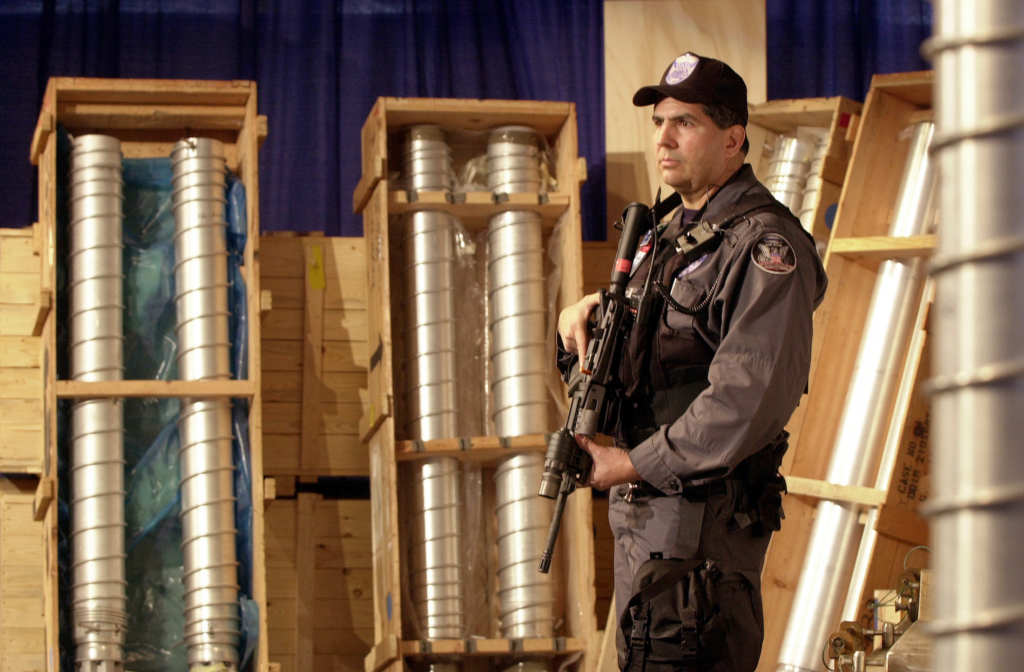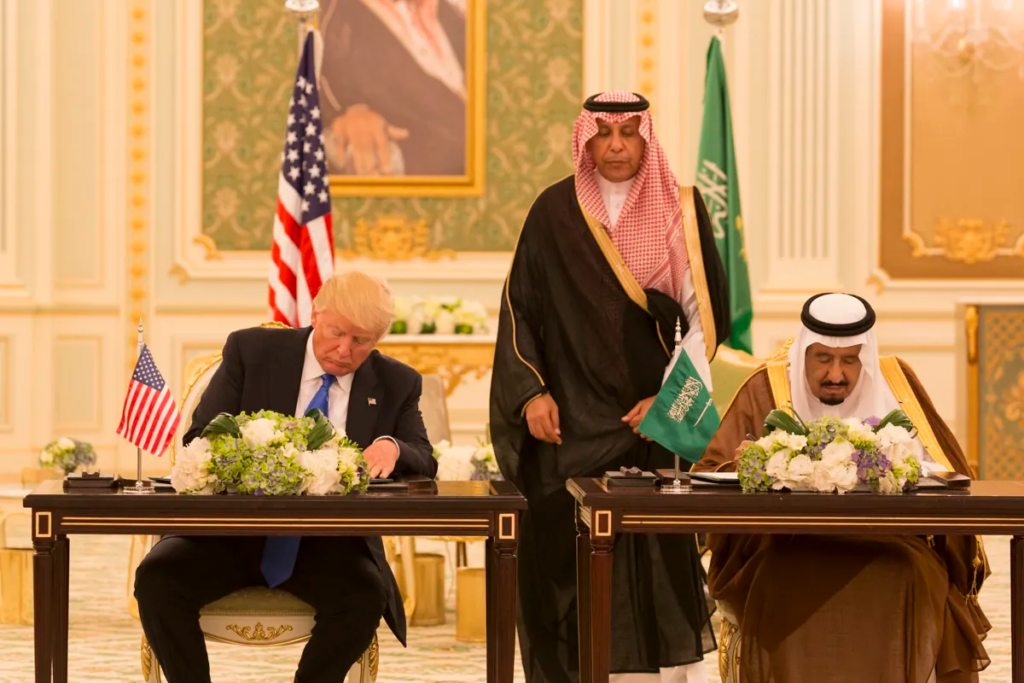Le Non-Occident Global et la Multipolarité
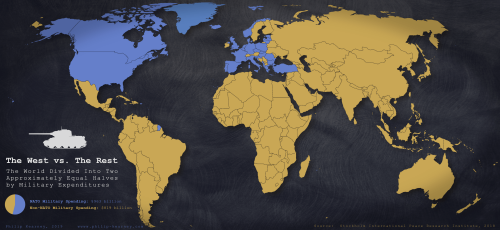
Bien que le monde ait clairement cessé d’être unipolaire, les États-Unis s’efforcent de maintenir leurs instruments de contrôle. De plus, si, auparavant, cela se faisait de manière voilée (le concept de leadership mondial et de multilatéralisme sous Barack Obama), Donald Trump a décidé d’agir de manière agressive, provoquant un grand émoi avec ses déclarations sur le Groenland, le Canada, le Canal de Panama et même l’OTAN, affaiblissant ainsi les liens du partenariat transatlantique. Ce faisant, certaines structures globalistes ont également été attaquées: les États-Unis se sont retirés de l’OMS, ne reconnaissent pas la Cour pénale internationale de La Haye (et la Hongrie s’était retirée de l’institution la veille) et ont également suspendu le financement de l’OMC et d’autres organisations internationales dans le cadre de leurs inspections.

